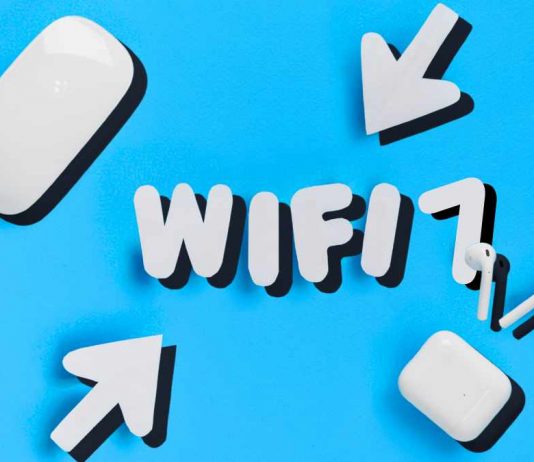The Wi-Fi Alliance, the consortium responsible for developing and enhancing connectivity standards, has announced that the much-anticipated Wi-Fi 7 is nearing its official approval.
The Wi-Fi Alliance anticipates that the certification for Wi-Fi 7, based on the IEEE 802.11be technology, will be available by the end of the first quarter of 2024. This development is eagerly awaited by device manufacturers, many of whom have already prepared their products to support this new standard. The range of devices includes smartphones, routers, and other local connectivity gadgets for both home and public use.
The market is already witnessing the introduction of devices compatible with Wi-Fi 7. Among these are the Vivo X100 and Vivo X100 Pro, Xiaomi 13T Pro, Xiaomi 14 and 14 Pro, Oppo Find N3, Oppo Find X6 and X6 Pro, OnePlus Open, OnePlus Ace 2 Pro, Realme GT5, Google Pixel 8, and Pixel 8 Pro. This list is expected to grow rapidly as the technology becomes mainstream in the coming year.
Wi-Fi 7 sets itself apart from its predecessor, Wi-Fi 6, in several critical aspects. It boasts data transfer speeds exceeding 40 Gbps, a significant leap from Wi-Fi 6’s 9.6 Gbps. This enhancement means Wi-Fi 7 could potentially offer four times the performance of the previous technology, challenging the dominance of wired Ethernet connections.
A notable feature of Wi-Fi 7 is its capability to operate across three different frequency bands: 2.40 GHz, 5 GHz, and 6 GHz. Thanks to its Multi-Link Operation (MLO) technology, it can function simultaneously across these bands, enhancing the scope and efficiency of wireless connectivity.
Wi-Fi 7 is set to enhance connectivity for emerging technologies that demand high capacity and low latency, such as augmented and virtual reality, cloud computing, and the Internet of Things. Even in dense environments, Wi-Fi 7 promises optimized performance, especially in regions with access to the 6 GHz band.


